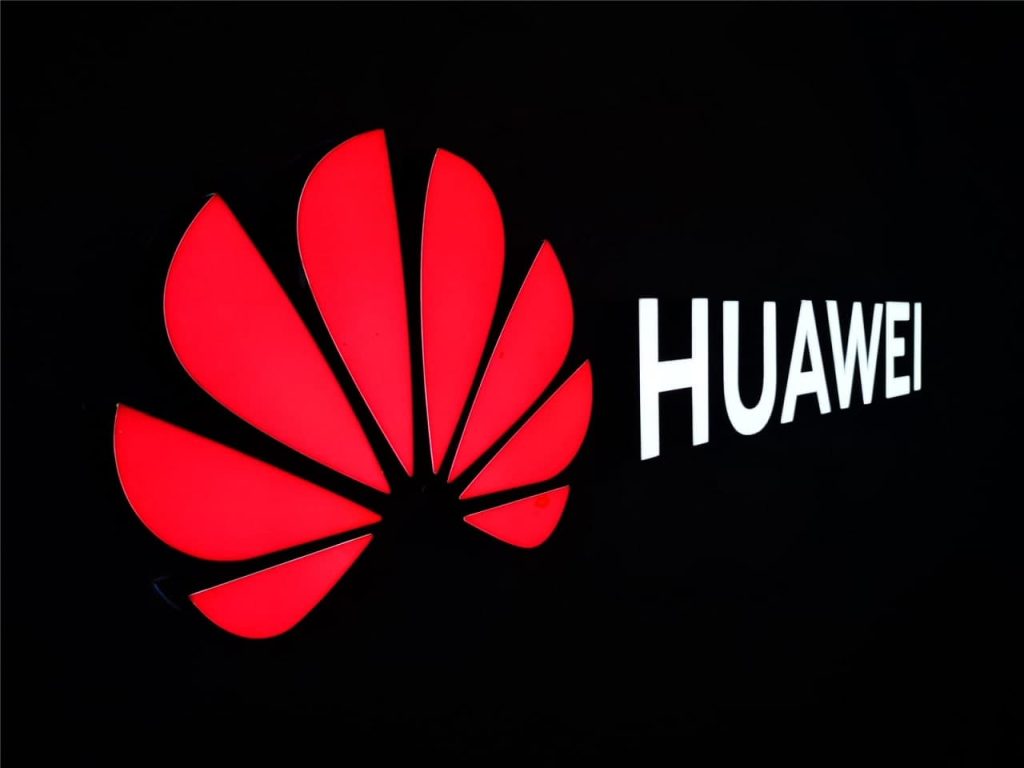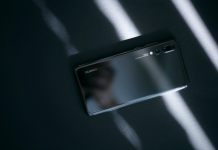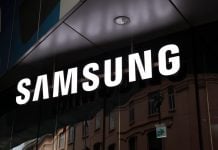Huawei’s entire state changed in the year 2019, when it was placed on the Commerce Department’s entity list, jeopardizing its goal of becoming the world’s largest smartphone manufacturer. This move prevented Huawei from accessing supplies from the U.S. supply chain, which included the Google Mobile Services version of Android. The company even had to develop its own HarmonyOS operating system, which has now reached version 3.1.

A year later, the U.S. Commerce Department added a new export rule that prevented foundries from shipping cutting-edge silicon to Huawei. Although Huawei was allowed to use Qualcomm‘s Snapdragon SoCs, they were modified to be incompatible with 5G networks. The upcoming Enjoy 60 mid-ranger will be powered by a three-year-old Kirin 710A chip. Huawei founder Ren Zhengfei revealed that the company had to replace 13,000 parts in its products due to the U.S. trade sanctions. This resulted in the purchase of domestic substitutes and the redesign of 4,000 circuit boards. Although Reuters was unable to verify Ren’s remarks, the company’s production of circuit boards has since stabilized.
Despite these challenges, Huawei remains committed to research and development, spending $23.8 billion on it last year. The company plans to continue increasing R&D spending as profitability improves. On March 23rd, Huawei is expected to unveil its latest flagship series, the P60 line, the foldable Mate X3, and the mid-range Enjoy 60.
RELATED:
- Official teaser reveals Huawei FreeBuds 5’s new water drop design & launch date
- Huawei Enjoy 60 is confirmed to launch on March 23
- Best 2K Monitors in 2023: Great Displays for Work and Entertainment
(Via)







